Having a splendid time in Milan and now Naples. I’m one of those people who love to travel, but never stay anywhere long enough to learn the language sufficiently to be able to speak on my own. I’ve had the blessing of companions who are fluent in many languages, but that good luck has now passed. And Naples is a city that teeters between first and third world conditions. The streets are teeming with scooters riding around at breakneck speeds, pedestrians are always having to jump out of the way. The filth of the city strikes you as soon as you enter, trash everywhere, the crumbling cityscape all around. But once you adjust, it’s an incredible beautiful place, full of life.
In conversation with Mona the last time I was here, we were noting that there’s an odd juxtaposition between the culture here that seems so alive and vibrant, and yet takes such poor care of its public spaces and property, as compared to say, Switzerland, where people are generally rather closed, uptight, isolated, and yet their public infrastructure is spotlessly clean, efficient, and comfortable. The total disregard of pedestrians here is pretty stunning, coming from a bike- and pedestrian-friendly (relatively) like San Francisco. I can’t imagine why a bunch of the ubiquitous old ladies and moms with strollers haven’t organized a pedestrian rights movement here.
Anyway, here are a few photos to entertain you. First, three shots from the roof of Milan’s Duomo, which certainly seem like the inspiration for Escher and Calvino too…
Giovanni in Milan saved me from my monolingualism again. I really have to do something about that! Like go and live somewhere long enough to get it down. Because after a few glasses of wine I find myself starting to tune in to the conversation much more acutely, and even stumbling through my brain trying to construct sentences… after just 2 days this time. Not bad, but a million miles from being able to converse like a normal person.
Naples is an amazing place built on so many layers of history. My favorite thing to do is just walk around, peering into doorways and courtyards and see what ever I can see. Here’s a doorway that caught my curiosity, followed by a shot when I stepped further in. The combination of elegance and decrepitude is very typical here.
Eddie and I took a lovely long walk up through the winding streets to a big art museum in a park. To get there we found ourselves on a road that intermittently ran along an ancient city wall, creating quite a haunting feeling.
Finally from the hilltop park there are fantastic views out over the Bay of Naples. The island of Capri is offshore, hazy blue in the distance behind the many domes of this seaside port city.
There’s a certain stress involved in being here. You have to keep your eyes open of course (everyone is always warning about crime, but it doesn’t seem too sketchy most of the time), but one also has to manage among the merchants and restaurants, where they don’t speak regular Italian but a Neapolitan dialect. So even if I had managed to learn Italian to a functional degree, it wouldn’t help much here. The normal tone of voice locally is often quite loud and belligerent-sounding, which for a calm and polite fella like me is rather jarring. Some boys got on our bus from the airport a couple of days ago and they were so unbelievably loud. I was sure a fight was about to erupt, but it turns out to be a fairly normal way for locals to engage with each other…
Somehow that led me to thinking about the crazy characters who populate baseball history, since so many of them are Italians, often from the south. That history is changing now too, with the predominant influx of South American players, being joined by east Asians. Which invisible cities will shape the coming culture, not just of baseball, but life in North America? Clearly the major influence cast by various pockets of Europe is passing.
Anyway, tomorrow we climb Mt. Vesuvio!

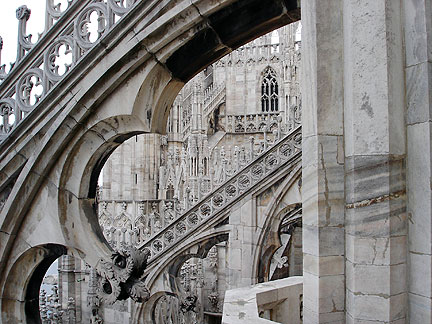
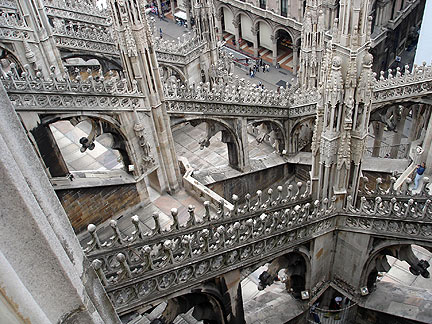
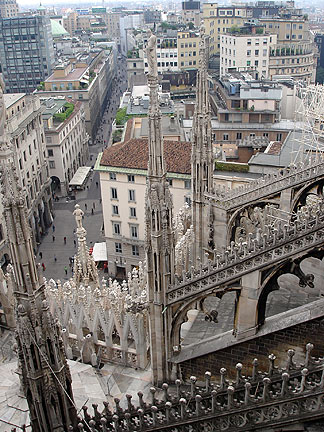
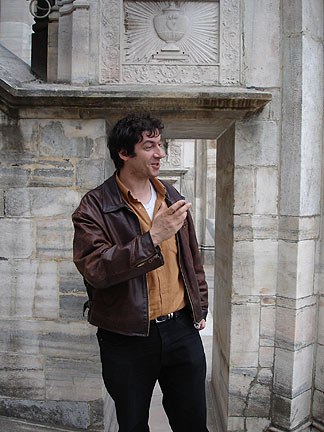
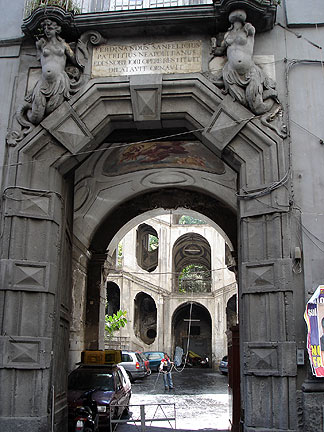
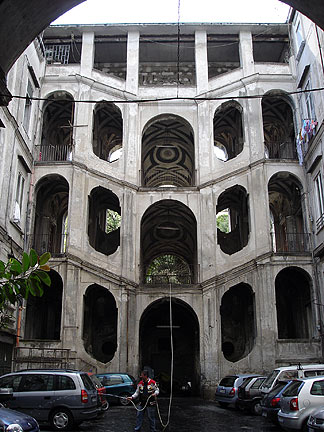
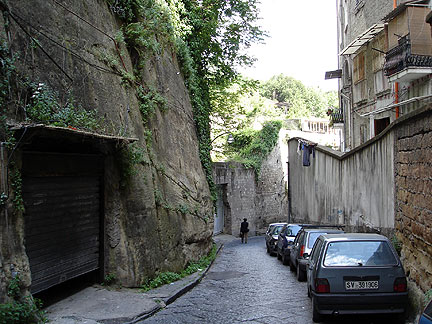
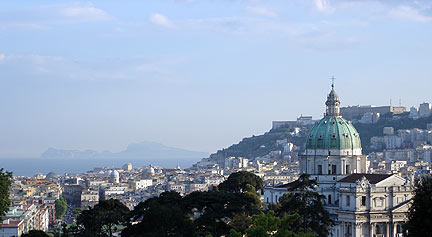











Ooops, forgot my central theme (my rational thought swept away by my emotions). For a structure to function efficiently, people have to suppress their emotionality, needs and desires.
Hi Chris,
I just checked your blog to see if you were in Napoli, my favorite city, and there you were, just strolling around this magnifecently decadent old empire. I am feeling so envious!! I fell in love with Napoli’s people and culture, and have felt very comfortable and alive there.
Being from Switzerland myself, I often wondered about the relationship between organizational efficency and punctuality on the one side and sociability and emotional openeness on the other. It seems a thread that runs across cultures: the more organized and functional a culture, the more cold and alienating the people. I have grown to dislike highly efficient and organized environments because of the automatic association I make with the uptight, alienating swiss character. And that’s why I love Napoli and “i Napoletani”: so chaotic, vibrant, and emotionally expressive. So alive and connected!
Anyway, I was wondering if you (or anybody else) has any thought about this as I am eager to further my understanding of the relationship between economic structure (and its fucntionality) and the character structure (in other words, the emotional availability and awareness) of the people in that structure.
Have a grande time in the grandiose city
Susanne